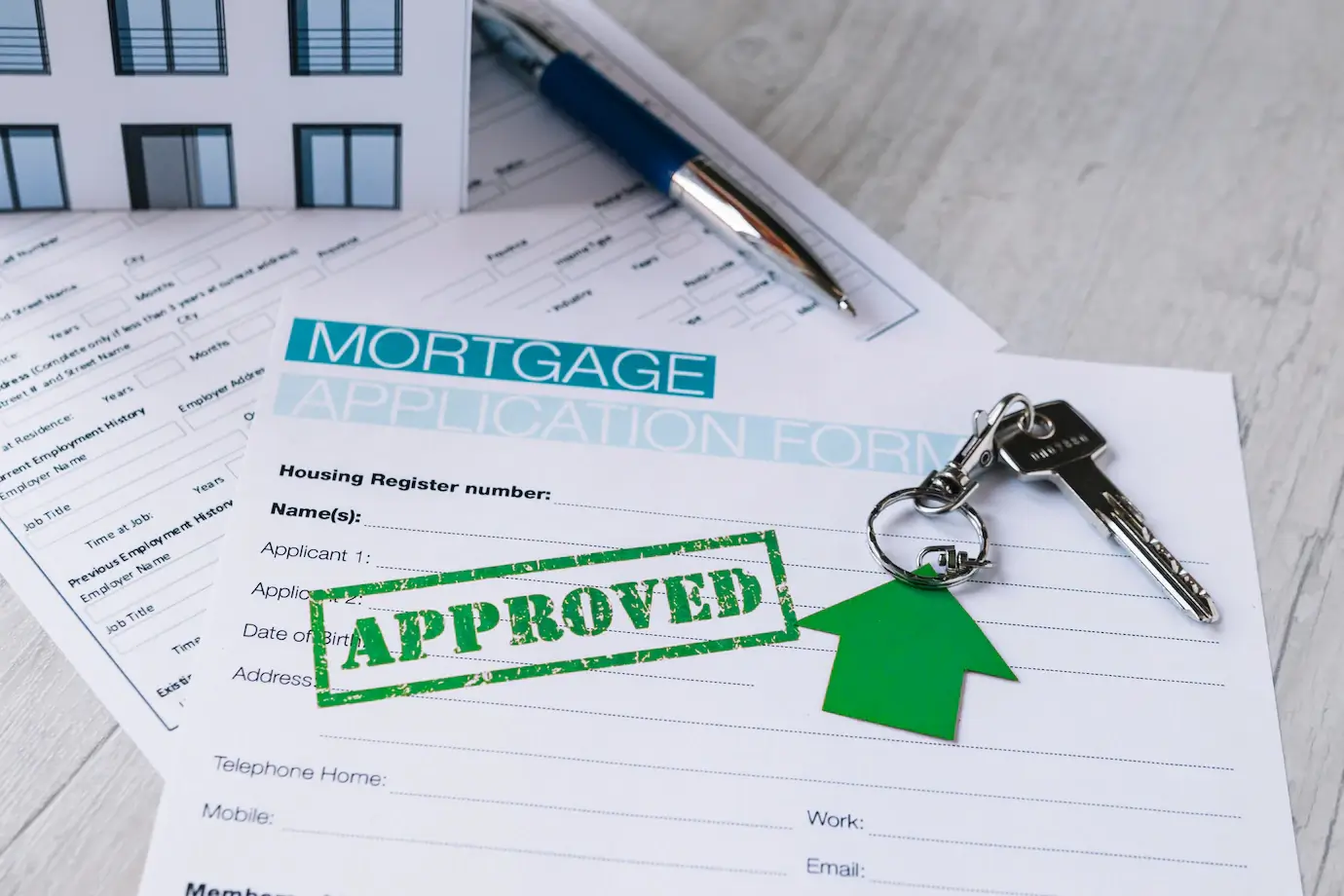I once took a job as a mortgage broker. I lasted a week. I should have known better. The job required no training, no prior experience, I had to find my own leads because absolutely none were provided to me. I, as well as the other employees, were encouraged to scour the foreclosure listings, to go through neighborhoods and find houses in need of repair and various other practices that left a sour taste in my mouth. Here are just a few things you need to look out for if you are thinking of re-mortgaging your home.
1. Adjustable Rates Will Hurt
Your mortgage broker tells you that he can get you a great, low rate. It’s a three-year Adjustable Rate Mortgage (ARM), which means in three years, the company could raise your rate. But, he tells you, just keep your credit in good shape, make your payments on time, and then refinance again before your ARM is up, and you’ll never have to worry about it. It’s especially enticing if you’ve got less than desirable credit and want to shave a few percentage points off your loan. But a lot can happen over the next three years. Jobs can become unstable, illness can strike, natural disasters, anything. If you miss, or are even just late, on one single payment, your chances of refinancing your mortgage at a decent rate go down. And if you do run into financial trouble, you’re sure to have a difficult time paying off the loan when the interest rates go up, and they will go up.
2. 100% Mortgage Means Lots of Trouble
You’re buying your first home and need money for a few repairs, to buy appliances, or just to have a bit of fun. You found a great house and made an offer of $150,000, which is $25,000 below the market value of the home. Your mortgage broker convinces you to go with a 100% mortgage, meaning you finance the entire value of the home. You roll all closing costs and brokerage fees into the loan, so you don’t have to come up with any out-of-pocket cash. Sounds great. Except for just a few things. Take the numbers first. Let’s suppose you got a rate of 6.175% on a 30 year loan for $150,000. Your payments will be $916 a month. At the end of the loan you will have paid a total of $329,857 on that loan. Now, take that same interest rate, but add the $25,000. Your payment jumps to $1068 and your total payments jump to $384,834. That’s an extra $152 a month, and $54,976 over the lifetime of the loan. And think about what happens if home values in your area drop? If your house loses just $15,000 in value for any reason, whether due to damage, or neighborhood decline, or a market crash, anything, you will not start rebuilding equity until five years into your loan. That means you’ll have a harder time re-mortgaging if necessary down the road.
3. “In foreclosure? We’ll help!”
These are often a scam. The company will offer to help find a refinance source that handles high risk loans. Since you’re in foreclosure, you are definitely high risk. Then after a bit of time, usually just before foreclosure is complete, they’ll tell you that they weren’t able to refinance, but they have an option to keep you in your home. They will buy the house from you, and you can arrange a rent-to-own plan, where your rent payments will count towards buying your home back. You sign over the deed and the company takes out a low interest mortgage on your home, pays off the previous mortgage, taking it out of foreclosure. They then charge you rent, usually at a much higher rate than the actual mortgage payment. And only a percentage of your payments, perhaps 10% will count towards buying your house back from them. You’re still in your home, but it’s not really yours.
4. Best interest rate in town.
But only you’ve got perfect credit, have a house valued at over $250,000, in a low-crime neighborhood, with excellent property values. These are typical bait-and-switch claims. They lure you in with a beautiful sounding interest rate, tell you that they’ll get for you, and then when it’s time to sign the paperwork, you find out that your interest rate is higher. You’ll hear lots of excuses, ranging from rate hikes, to poor credit, but it all boils down to you being lied to from the start.
5. Refinance to fix your roof!
This was my trainer’s favorite way to get a mortgage. Go to any neighborhood in town, though the poorer neighborhoods are better. Look for blue tarps. These are often put on houses to cover damage that needs to be repaired. Knock on the door, mention that you are in the neighborhood offering a “Renovation special rate,” and leave your card. Mention that you can get them great rates, enough money to fix up the house, and even some extra to buy some fun stuff or take a vacation. When they come sign up, tell them you know a contractor (who just happens to be on your staff) who can do the work at rock-bottom prices. Except the rates aren’t good, the contractor’s prices aren’t rock bottom, and you’ve purposely canvassed neighborhoods where they people have the least financial leeway for payments.
There are reputable mortgage companies out there. Make sure to get references, talk to the better business bureau and look at some of the sites online that offer company reviews. Talk to a real estate agent for the name of a reputable mortgage company, they get brokers begging for business all the time, and know the ones that are reliable to work with. If you’re careful you won’t get bit went it comes time to refinance.
